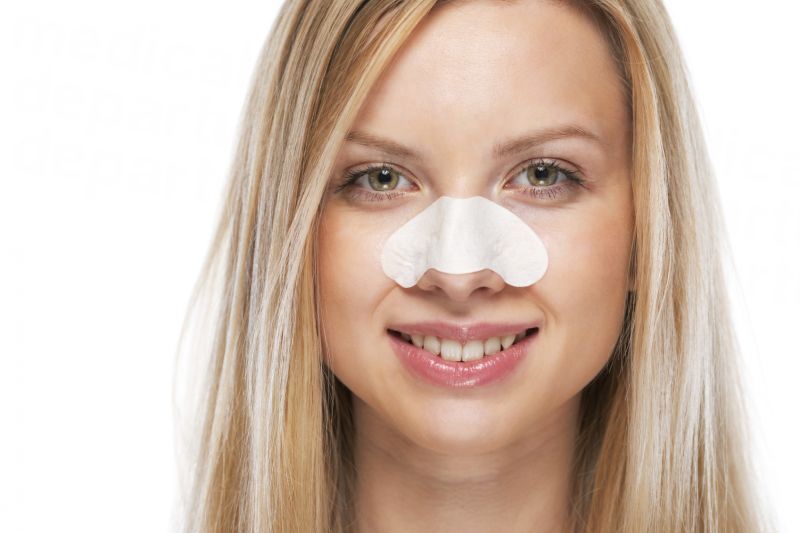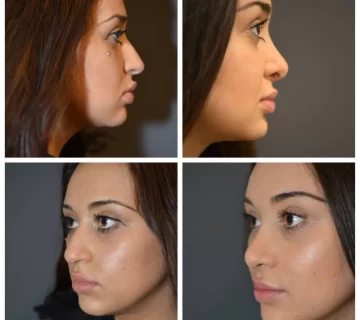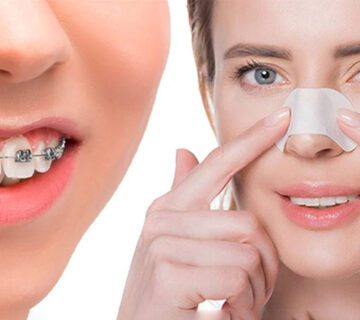Adverse side effects mean those deformities which are easily detected and are in need of a revision rhinoplasty to be repaired. The minor problems detected only through making thorough inquiry are not taken into account as adverse side effects of rhinoplasty.
In fact there are these trivial deformities in all of surgical precedures. If you’re a perfectionist who can’t bear negligible disfigurements which are really difficult to notice, you’d better refrain from having rhinoplasty
- Not properly treated deviated nasal septum: this deformity may cause breathing problems and also a crooked off-centre nose and must be reconstructed
- Saddle nose deformity: an extremely bent arch, commonly known as slide-like on the nasal bridge and makes an ugly appearance due to shaving the nasal bridge too much and not well proportioned with nasal tip and a boot-like nose which needs revision rhinoplasty.
- Polly-beak deformity: when the nasal hump is not sculpted enough within rhinoplasty and easily can be revised in revision rhinoplasty
- An inverted V look on Radix: when the nasal hump is shaved too much and cartilage skeleton is not reinforced and can be repaired by revision rhinoplasty
- Too much narrowing the nose: when bones are re-set too much near to each other and needs revision rhinoplasty
- Wide nasal bony bridge: can be improved by revision rhinoplasty
- Too small nostrils: it may cause breathing problems and is difficult to be relieved
- Over rotation of the nasal tip: piggy nose: can be corrected in a revision rhinoplasty
- Damaged tear duct: is rare and causing a watery eye after rhinoplasty. Watery eyes are normal during the first days after rhinoplasty. But damaged tear duct cause a permanent watery eye which needs surgery.
- Blindness: is rather scarce and only a few cases are reported in the world.
- Cerebrospinal fluid leak and possibility of meningitis: like blindness is really scare and several cases are reported throughout the world.
- Damage and necrosis of the nasal skin: is observed when implant is used in the second, third and forth revision rhinoplasty and is difficult to be repaired





No comment